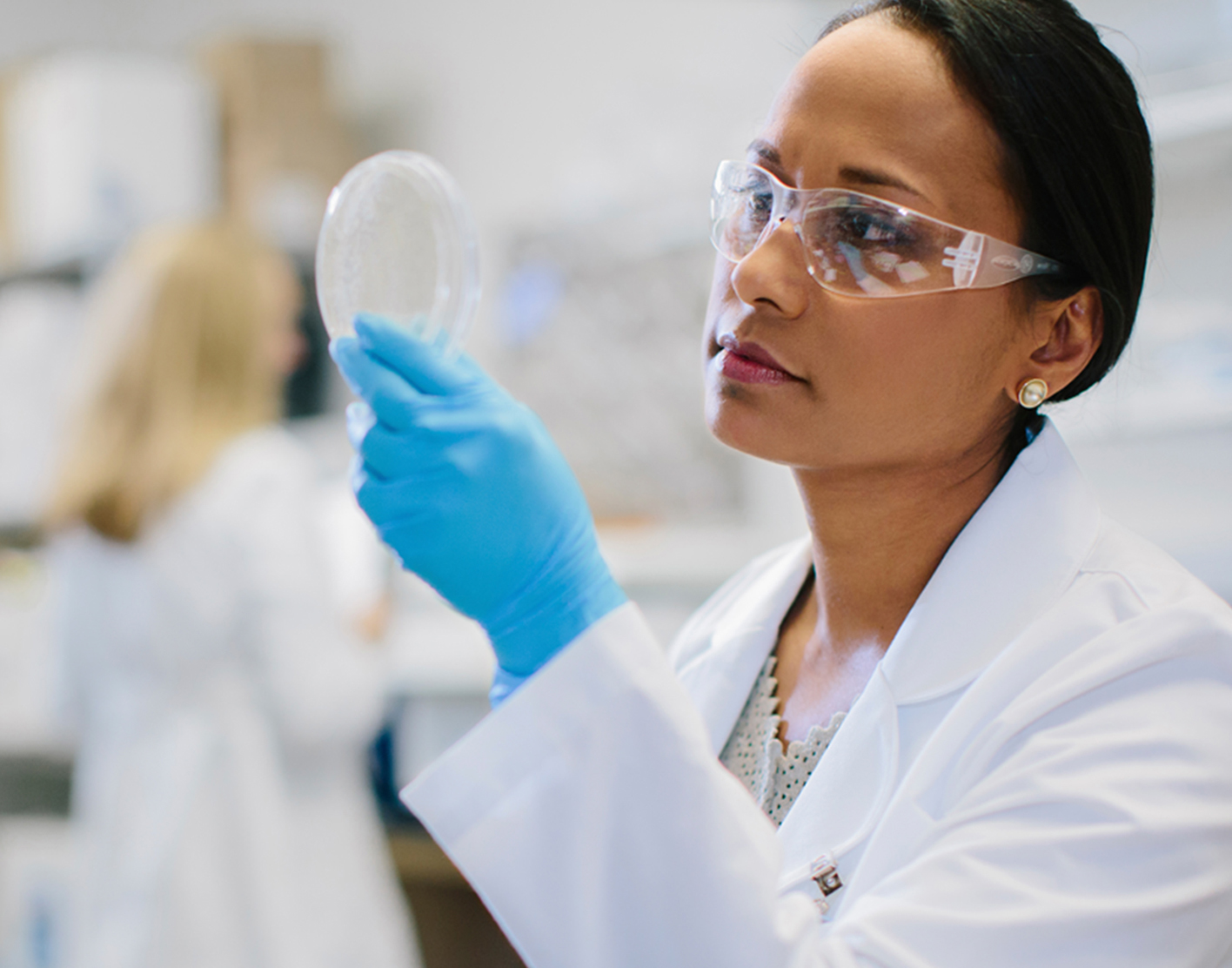
Skin or nail culture
Definition
A skin or nail culture is a laboratory test to look for and identify germs that cause problems with the skin or nails.
It is called a mucosal culture if the sample involves the mucous membranes.
Alternative Names
Mucosal culture; Culture - skin; Culture - mucosal; Nail culture; Culture - fingernail; Fingernail culture
How the Test is Performed
The health care provider may use a cotton swab to collect a sample from an open skin rash or skin sore.
A sample of skin may need to be taken. This is called a
A small sample of a fingernail or toenail may be taken. The sample is sent to a lab. There, it is placed in a special dish (culture). It is then watched to see if bacteria, viruses, or fungi grow. It may take up to 3 weeks to get results of a nail culture. Further tests can be done to identify the specific germ that is causing your problem. This can help your provider determine the best treatment.
How to Prepare for the Test
There is no preparation needed for this test. If a skin or
How the Test will Feel
If a skin sample is taken, you may feel a sting when the shot of numbing medicine is given.
For a nail sample, the provider scrapes the affected area of the nail. There is usually no pain.
Why the Test is Performed
This test may be done to diagnose the cause of:
- A bacteria or fungus infection of the skin, finger, or toenail
- A
skin rash or sore that appears to be infected - A skin ulcer that is not healing
Normal Results
A normal result means no disease-causing germs are seen in the culture.
Some germs normally live on the skin. These are not a sign of infection and are considered a normal finding.
Normal value ranges may vary slightly among different laboratories. Some labs use different measurements or test different samples. Talk to your provider about the meaning of your specific test results.
What Abnormal Results Mean
An abnormal result means bacteria, fungus, or virus is present. This may be a sign of infection.
Common skin infections caused by bacteria include:
Impetigo Diabetes foot ulcers
Common skin infections caused by fungus include:
Athlete's foot Nail infections Scalp infections
Risks
Risks include slight bleeding or infection in the area where the skin sample was removed.
References
Dinulos JGH. Dermatologic surgical procedures. In: Dinulos JGH, ed. Habif's Clinical Dermatology: A Color Guide in Diagnosis and Therapy. 7th ed. Philadelphia, PA: Elsevier; 2021:chap 27.
Iwen PC, Thompson GR, Wiederhold NP. Mycotic diseases. In: McPherson RA, Pincus MR, eds. Henry's Clinical Diagnosis and Management by Laboratory Methods. 24th ed. Philadelphia, PA: Elsevier; 2022:chap 60.
Wojewoda CM, Stempak LM. Medical bacteriology. In: McPherson RA, Pincus MR, eds. Henry's Clinical Diagnosis and Management by Laboratory Methods. 24th ed. Philadelphia, PA: Elsevier; 2022:chap 57.
Review Date: 19/07/2021
The information provided herein should not be used during any medical emergency or for the diagnosis or treatment of any medical condition. A licensed physician should be consulted for diagnosis and treatment of any and all medical conditions. Call 911 for all medical emergencies. Links to other sites are provided for information only -- they do not constitute endorsements of those other sites. Copyright ©2019 A.D.A.M., Inc., as modified by University of California San Francisco. Any duplication or distribution of the information contained herein is strictly prohibited.
Information developed by A.D.A.M., Inc. regarding tests and test results may not directly correspond with information provided by UCSF Health. Please discuss with your doctor any questions or concerns you may have.



























